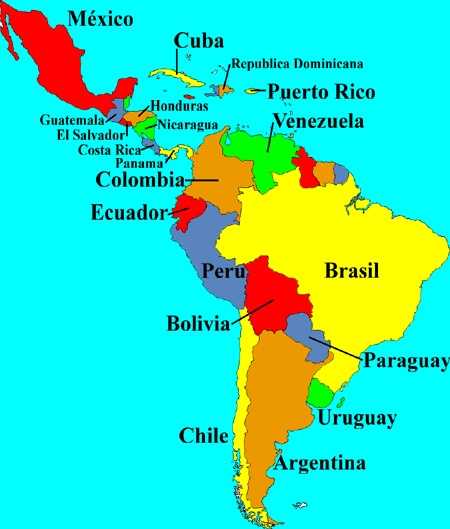BOGOTA, Colombia – In a recent visit to Colombia, authorities, producers and guild representatives from coffee-producing countries of Central America and Mexico, afflicted by the rust fungus, could see first-hand the efforts led by the Colombian Coffee Growers Federation (FNC) to deal with this plague with very good results.
At the end of the International Symposium on Rural Extension for Rust Management, visitors from Mexico, Honduras, El Salvador, Nicaragua and Costa Rica agreed to recognize and exalt the integrity and size of the efforts carried out by the Colombian coffee guild to combat the disease.
The symposium, held at the “El Agrado” farm, in Montenegro, Quindio, enabled the participants to exchange experiences and views on how each country has faced the fungus. But in the end Colombia emerged as the most prepared country in facing this phytosanitary challenge.
The development of varieties resistant to this plague by the National Center for Coffee Research (Cenicafé), an ambitious and well-planned renovation with resistant varieties, seed availability for this renewal, and permanent technical assistance and support by the Extension Service (ES), availability of credit and long-term vision are some components of the comprehensive work by Café de Colombia that were highlighted by the foreign visitors.
The importance of having a solid database for analysis and decision making as the Coffee Information System (SICA) also surfaced.
The comprehensiveness, orchestration and breadth of this institutional work in Colombia were highlighted at the symposium because many producing countries affected by the fungus have made efforts in some of these areas, but to a much lesser extent, in an isolated or dispersed way.
Several countries in Central America have declared a phytosanitary emergency or channeled financial aid for their producers as an emergency plan. Honduras, for example, has taken important steps in the development of resistant varieties, and Costa Rica has tried it also, but with less successful results than Colombia.
The soundness and high representativeness of coffee institutions in Colombia was another aspect that visitors recognized, in contrast to atomized guilds or institutions in other countries. “Colombia is a leader in Latin America and the world,” admitted Carlos Urias, phytosanitary campaigns coordinator for the International Regional Organization of Agricultural Health (OIRSA).
Producers from El Salvador recognize that the rust fungus took them by surprise. “We were not prepared,” said Salvador Fuentes, from the Salvadorian Coffee Council. “The Colombian Extension Service is very effective, very supported on research,” he stressed.
Additionally, in Central America and Mexico the lack of a unique and updated database like the Colombian Sica has made it difficult to identify and locate potential beneficiaries of state aid. “In other countries, such as Mexico, the efforts are very scattered, fragmented and subject to political times,” said Eva Ameca, a representative for the Mexican Association of the Coffee Production Chain (Amecafé).
Luis Zamora, from the Ministry of Agriculture and Livestock of Costa Rica, emphasized the permanence and sustainability over time of coffee institutions in Colombia, including the Federation, Cenicafé and the Extension Service.
The symposium also showed that other producing countries in the region do not have an exclusive coffee Extension Service like Colombia, but the technicians are shared and they provide technical assistance to producers in different agricultural sectors. And this, along with scientific developments by Cenicafé, are two of the main elements of Café de Colombia’s unique product support system, which directly benefits the customers.
Source: Café de Colombia
















